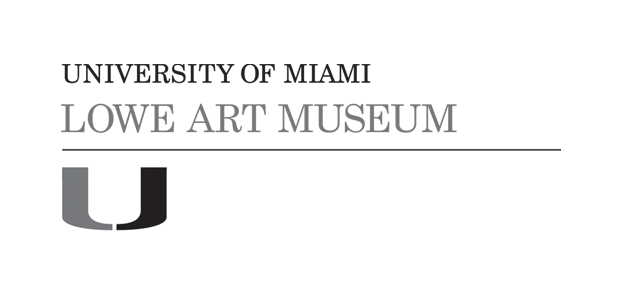Guanyin, Goddess of Mercy
Date17th century
CultureChinese
Mediumbronze, lacquer and gilding
DimensionsOverall: 27 1/8 x 10 7/8 x 10 1/4 in. (68.9 x 27.6 x 26 cm)
ClassificationsVisual Works
Credit LineGift of William Luban
Object number65.045.022
DescriptionThe goddess Guanyin was originally an Indian Buddhist male saint, or Bodhisattva, whose names include Padmapani, Avalokitshvara, and Lokitshvara. His name meant “he who hears the cry,” a literal translation of the original Indian name. Starting in the Tang Dynasty, this Bodhisattva was slowly transformed from a male to a female image. Since the Indians believed that their gods had feminine and masculine aspects, it was not difficult for the Chinese to emphasize those female attributes. Four main feminine forms of Guanyin appear in China after the Tang Dynasty – the most popular being the white-robed Guanyin, who had the power to bestow sons, and it was this power that made this foreign goddess popular. By the 16th century, Guanyin became a totally female Chinese deity among the imported Buddhist deities. This standing figure demonstrates the varada mudra that symbolizes charity, compassion, and reward-granting.













